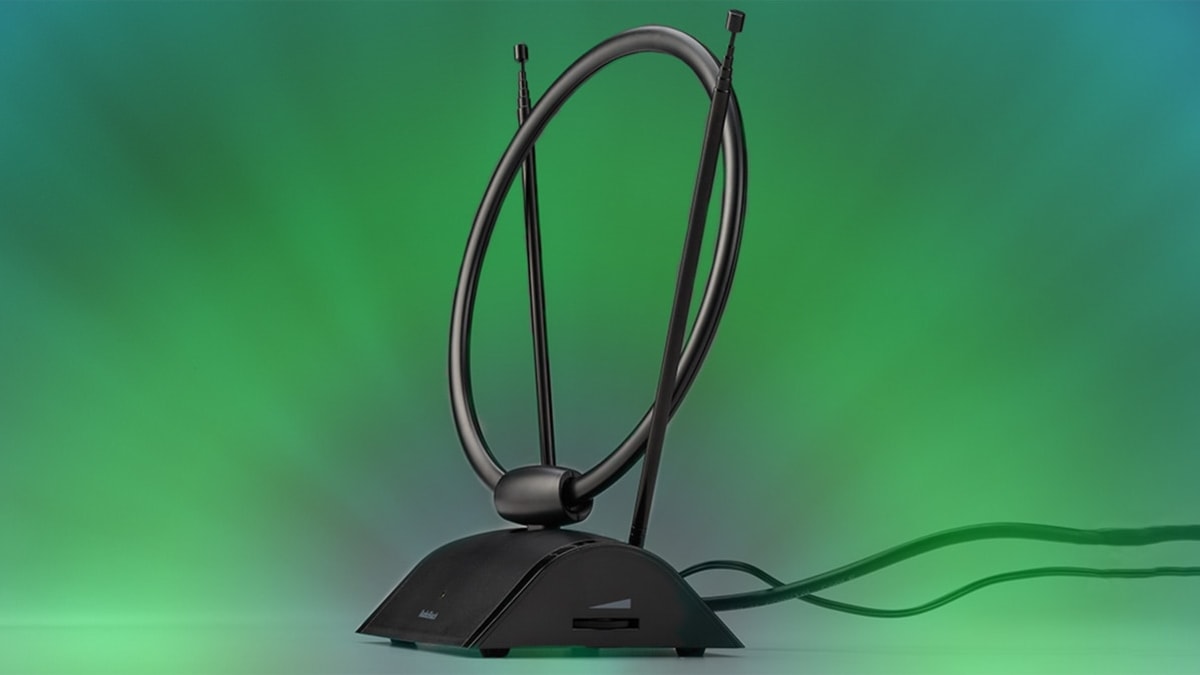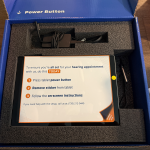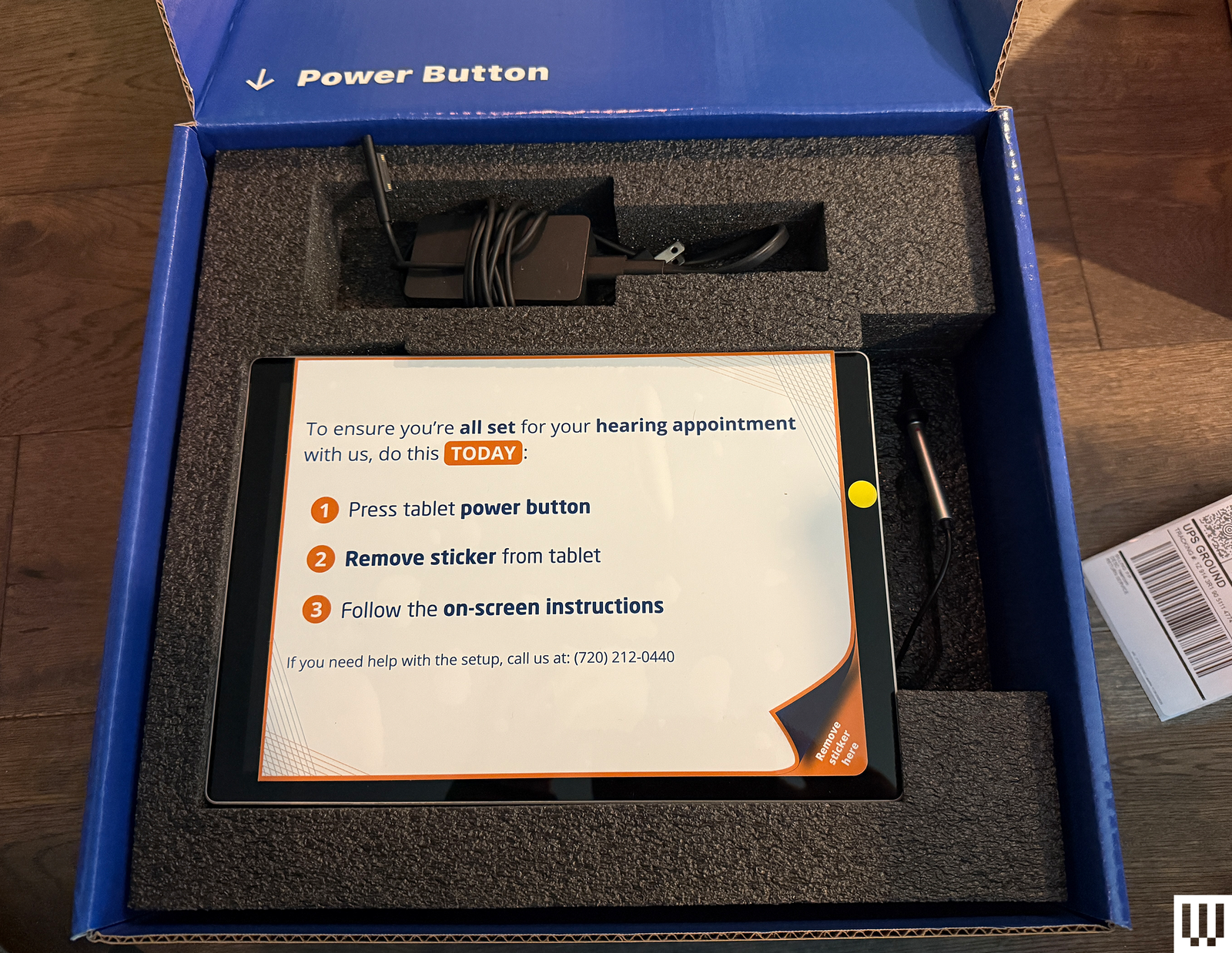
People who are thinking about buying an antenna frequently ask two questions: Will the antenna get good reception? And will it be hard to install? In brief, the answers are it depends and no.
Antenna Reception
Several things can affect the quality of your reception, but the main factors are your distance from a broadcast tower and whether there are any obstructions, such as trees or mountains, that can get in the way. The FCC’s DTV Reception Maps page can help you check for the signals that are available at your location. Other websites, such as AntennaWeb, can help you make an informed guess as to the type of antenna you’ll need and how many stations you can expect to pull in. You won’t have to lay out a lot of money to find out whether an antenna works well at your home. Consumer Reports has tested antennas selling for as little as $20, and even relatively pricey models typically cost $80 or less. Just check the return policy before you buy one.
Those prices might seem like even better bargains fairly soon because a new over-the-air standard for broadcasts called ATSC 3.0 is now rolling out.
So far, these new “Next-Gen TV” signals are available in about 75 percent of the country, including most major markets, reaching approximately 73 million households.
The technology can deliver brighter, sharper pictures, improved sound, and enhanced emergency notifications. It also allows for two-way interactivity, enabling features such as video on demand, the ability to pause or go back to the beginning of shows, and hyperlocal content such as local sports and weather reports.
Among these other enhancements, the new signals can carry internet content alongside traditional TV broadcasts. That means you may be able to stream some shows right over the air. The new broadcasts will also support 4K video and high dynamic range (HDR) content.
Provided you do get good reception, the picture quality might be better than what cable provides. “The signals may be less compressed,” says Matt Ferretti, the lead television tester for Consumer Reports. “And many stations now offer subchannels with programs such as older TV shows or public channels that may not be available on cable.”
Antenna Installation
Though it can be useful to have an antenna on your roof, indoor antennas work well in many situations. They’re very easy to set up. And they look better than the old-fashioned rabbit-ear models with the tinfoil flags that people used to add to them. Companies such as Antennas Direct and Mohu offer attractive designs, including flat models that can be painted to match a wall.









